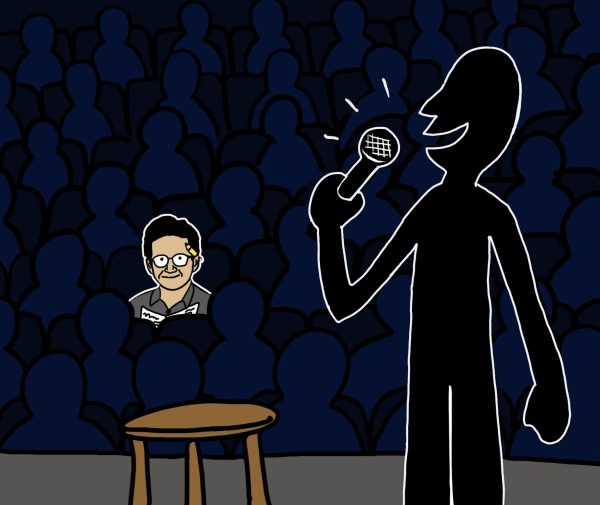Streaming services limit outreach
March 2, 2020
Awards season has left audiences with watch lists of critically acclaimed TV shows and movies that have taken home Emmys, Oscars and any gold statuette that represents greatness in Hollywood. There’s only one issue—one would need at least eight streaming services to watch all the hits from this awards season. While trying to make media more accessible for audiences, streaming services have done the exact opposite, ending up gatekeeping original content.
Ever since services such as Netflix, Hulu and Amazon Prime Video started making original content, almost every streaming corporation has followed suit. At the 2019 Emmy Awards, the services HBO, Netflix and Amazon Prime walked away with the most wins, (37, 27 and 15, respectively) as Deadline reports, far ahead of anything on network television.
The reason so much online content is out there is simple: audiences consume it at insane rates. When shows realized that original content was going to bring in money, they increased licensing prices so it would be harder for Netflix to buy them out. But the company was smarter than that. Enter: the original series.
Off the bat, original content on streaming services comes across as a cash grab. Netflix plans to spend $13 billion on original content this year because they knew their series would bring in money. Plus, last year the company released 371 original movies and TV shows, according to Medium. Even if original content is just a ploy for revenue, these shows and movies can mean things to people and create favorites to stay in the audience’s heads long after the credits roll. We wouldn’t have Stranger Things or Fleabag and other critically acclaimed shows if it weren’t for Netflix and Amazon.
Even more so, streaming services can find new homes for shows that network TV and even other streaming services will not air that mean something to audiences. Take One Day At A Time,–the show focused on the day-to-day lives of a Latinx family, and also shone a light on LGBTQ+, immigrant and veteran’s issues. The show ran for three seasons on Netflix but was cancelled and picked up by another streaming service, Pop Now, for a fourth. Representation matters. When people see themselves on screen, self confidence rises, connections are created and people find something they love. Streaming can help this become a reality.
So what’s the catch? As it would seem, the best shows on TV are the ones you have to pay for. To watch everything nominated for prestigious awards just on mainstream services Netflix, Hulu, and Amazon Prime, it would cost nearly $300 ($107.99 per year for Netflix and Amazon each, and $71.88 per year for Hulu). Media should not be gatekept like this, especially when it houses wonderful programs from voices that are usually not heard in the visual arts. Luckily, streaming services Hulu and Showtime have teamed up with Spotify to offer a student discount for anyone enrolled in school. Now students can get all three services for only $4.99 a month. Streaming services are far from perfect, but I can only hope that there will be more initiatives like this that make media more accessible for audiences to enjoy TV.



















